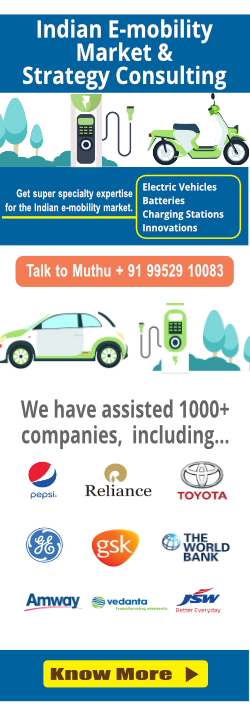Status of Solar PV Power Plant in Asansol, West Bengal
India’s first 2MW solar photovoltaic power plant was commissioned on Dec. 8th, 2009, at West Bengal’s Seebpur village, by Minister for New and Renewable Energy Farooq Abdullah, as part of the National Solar Mission’s fixed a target of adding 1300 MW of solar energy by 2012 at a Rs.20,000 crore investment.
The Rs.36 crore plant, promoted by West Bengal Green Energy Development Corporation Ltd and supported by DPSC Ltd, got a soft loan from Power Finance Corporation at a debt-equity ratio of 70:30 at a 9% interest rate. The site is about 210 Km from Kolkata, the major metro city in the Eastern India. The site is approachable by road and rail.
Mrinal Banerjee, the Power Minister of West Bengal, said it would be difficult to attain the solar power generation target if the raw materials used for such plants are not produced in the country.
DPSC, the West Bengal State’s power trading utility, will purchase the power at Rs.5 per unit, sources said. Moreover, the MNRE has sanctioned a generation-based incentive of Rs.10 per KW to make the project commercially viable. The plant is expected to produce about 3 million units of electricity annually.
The 2 MW Asansol Solar PV grid connected Power Plant was conceived under the NSM in February, 2008. Interestingly, DPSC offered the land free of cost. A number of clearances were obtained thereafter and finally the contract was awarded to a Hyderabad based Company who started executing the Project in collaboration with a German Company and under the overall supervision of WBGEDCL. The Plant is now ready to sell power to the grid.
S.P.Gon Chaudhuri, Managing Director, WBGEDCL, enumerates (on this link) the salient Features of the Asansol Power Plant:
- There are some coal mines in the nearby area which may cause deposition of dust on the modules, which may mandate frequent cleaning.
- The Project for the first time used indigenous 250 KW level Power conditioning units in the country.
- Multifunctional MMS (Module Mounting structure) fixing machine was used for the first time in the country.
- The modules were of 240W/225W size manufactured by Titan Energy Systems Ltd.
- Electrical connections are made with quick connect plug.
- By pass diodes are mounted in the termination box. Each module has 60 crystalline PV cells of size 156 mm x 156 mm.
- The Module Mounting Structures comprising of galvanized M.S. I – beam sections are strengthened by treated wooden beams, which can withstand wind speed of 200 kmph.
- The Solar array comprises of 191 strings in total. Each string has 24 PV modules in series. All the cables are underground type.
- All array cables are made of copper and XLPE cables of 1000VDC grade.
- The data acquisition system scans the solar, meteorological and PV system data every minute and records the average values of these date once in every hour. The system has been designed for autonomous operation.
- The Solar Power Plant is connected through a short 11 KV line ( 200 mtrs) up to the 33 KV grid substation of the utility. The LT Power from the Solar Power Plant is stepped up to 11 KV by a 0.4/11 KV, 1500 KVA transformer.
- The HT line and the transformer is protected through a suitable circuit breaker.
- 11kv XLPE type cables have been used to connect the circuit Breaker and the transformer
- Lightning Protection – Lightning protection consist of proper earth grounding of all array structures and other electrical equipments. L.A s have been provided in the substation.
- Earth mat has been provided. Special earthing has been arranged for inverter and transformer.
- All electrical equipments including Inverters, LT panel, Transformer and HT gear have been provided with ammeters, voltmeters, power-factor meters, kWh meter and meter as and where required.
- Calibrated Energy meters have been installed to measure the quantum of export of energy.
Check out: EAI Consulting for Solar Energy – Solar PV & Solar Thermal










I am interested this job